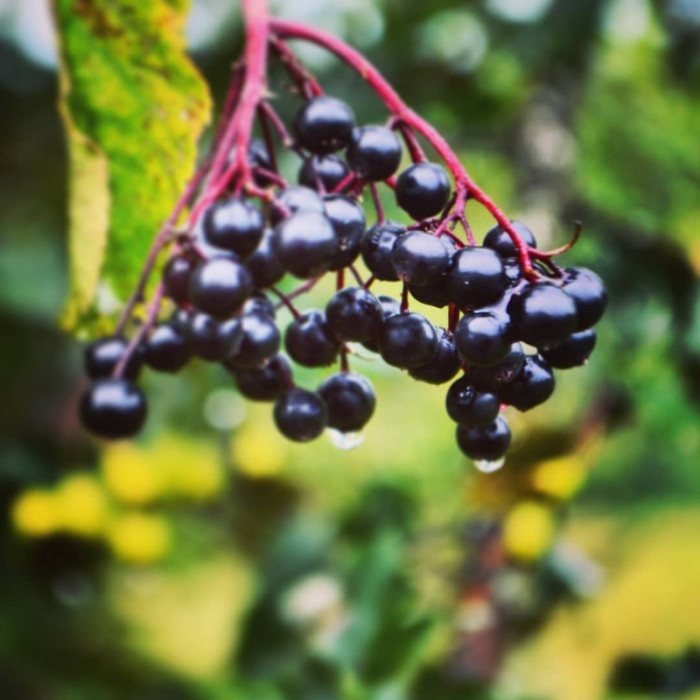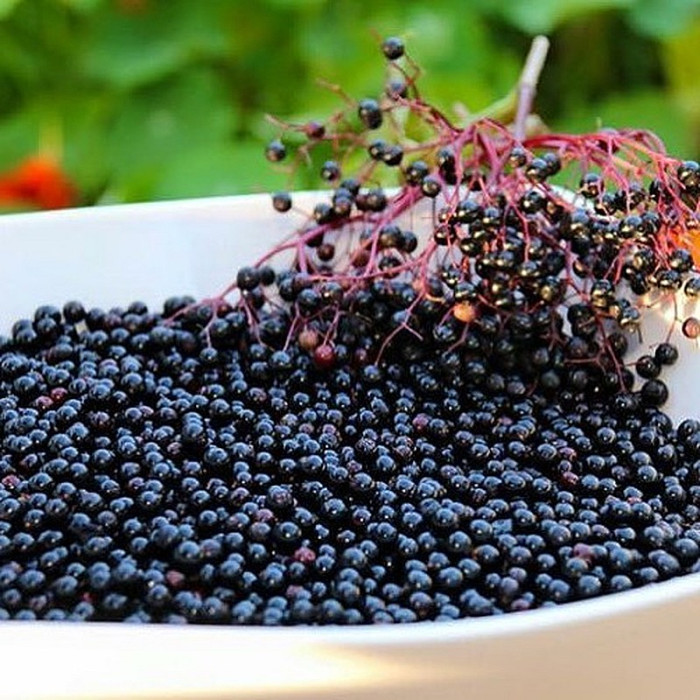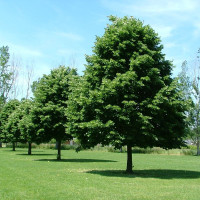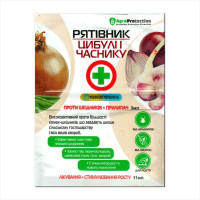Black elder, elderberry, elder, European elder, European elderberry, and European black elderberry / Sambucus nigra - a species of shrubs from the genus Elderberry of the Adox family (previously this genus was usually included in the Honeysuckle family), reaching a height of 4-6 meters (less often up to 10 meters). The leaves are opposite, non-parp-pinnate, 10-30 cm long.
The stems have a thin woody shell and a porous soft core. The flowers are yellowish-white (some flowers are white), 5-8 mm in diameter, five-petalled, collected in large inflorescences 10-25 cm in diameter. The fruit is a dark purple berry, 5-7 mm in diameter.
Different parts of the plant contain biologically active substances: black elderberry flowers contain: glycoside sambunigrin and others, essential oil (0.27-0.32%), choline, rutin; alkaloids coniine and sanguinarine; carotene; acids: ascorbic, acetic, malic, chlorogenic, coffee, valeric, etc.; rutin, tannins, mucus, pentosans, resins, mineral salts; essential oil, an essential part of which are terpenes. Black elderberry fruits contain: anthocyanins, ascorbic acid (10-49 mg), carotene, rutin, sambucin, chrysanthemum, tannins (0.29-0.34%), carboxylic acids and amino acids (tyrosine), sugars, traces of essential oils.
Black elderberry seeds contain: fatty oil and sambunigrin. In the leaves: in dry raw materials - sambunigrin (0.11%), resins with laxative properties, a small amount of essential oil. Fresh leaves contain ascorbic acid 200-280 mg, carotene. Black elderberry roots contain: saponins, tannins and bitter substances. Black elder bark contains: essential oil, choline, triterpene compounds, ursolic acid methyl ester, betulin, α-amirin, β-sitosterol, ceryl alcohol, choline, phytosterols, sugars, organic acids, pectin and tannins.

No questions about this product, be the first and ask your question.





















